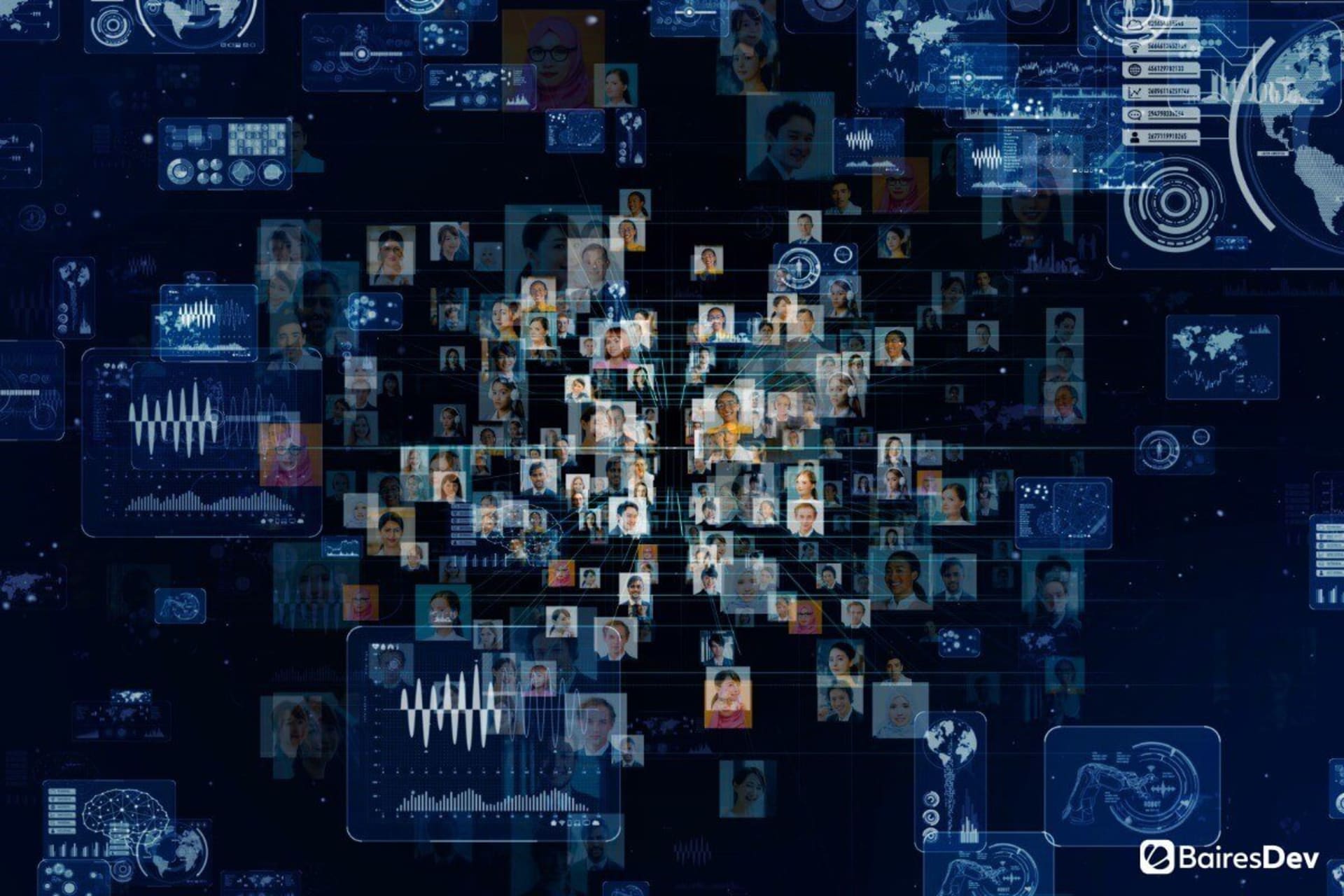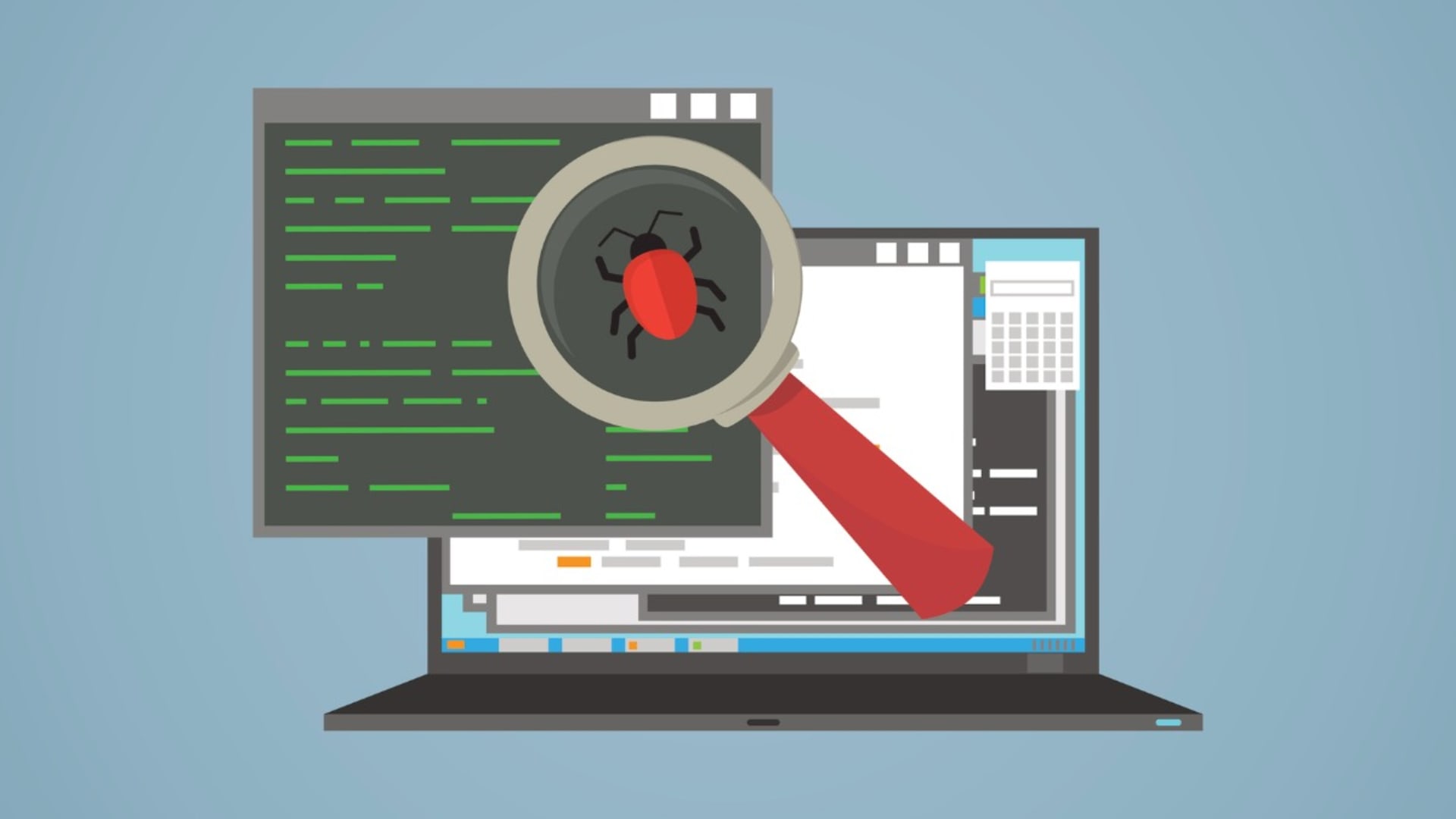Like many other sectors, the marketing industry is facing several challenges. And while the pandemic has certainly brought new ones, the reality is that the relevant challenges for marketers have been around for quite some time now.
I’m thinking about massive shifts in the industry, mainly because of changes in consumer behavior but also because of new regulations and concerns—for instance, the multiplication of engagement channels for people to communicate with brands and the increased fragmentation of media consumption across multiple platforms and devices. There’s also the ever-growing desire for personalized experiences, the request for more privacy, and the looming future of a cookieless internet.
All of those and many other trends directly affect how marketers work, especially when it comes to targeting specific audiences. In fact, those new phenomena are forcing marketers to ask themselves about the best ways to reach their audiences with relevant content across that multitude of platforms.
Up until now, the answer was fairly straightforward: Use collected data to learn about habits and preferences and devise marketing strategies to engage with people all across the board. But the landscape has completely changed by the circumstances I mentioned. There’s a growing need to move toward a more people-based approach.
In other words, marketing (especially in the media sector) has to move from targeting platforms and channels to engaging with people, regardless of the device or service they are using. Basically, this approach is all about marketing to people depending on who they are, how they think, and what they purchase. That’s a very complicated task, but marketers have a powerful ally to help them be successful: identity mapping.
What Is Identity Mapping?
Identity mapping is gathering customer data and building consumer profiles that help marketers understand individual consumers as well as the best way to reach them across different devices. Doing that would allow marketers to overcome the limitations of targeting ads to devices or cookies and engage with each individual wherever they might be.
I know that such a definition of identity mapping might make it sound like it’s an easy thing to do. It isn’t. Even if you can gather all the relevant data from all the channels through which your customers engage with you, you’d still have an incomplete picture of who your audience truly is and what motivates them.
That’s because your tools only allow you to track and collect information from the interactions and transactions your customers have with you. What’s missing? Other important data, especially data coming from second and third parties. The main goal of identity mapping is to create the most complete picture possible of your customers, so you have to go beyond how they behave with your brand.
The result of identity mapping should always be a detailed profile of your customers that provides you with actionable insights that will enable you to engage with them individually and in the most personal way. So, instead of using audiences segmented by the device they use to contact you, use granular audiences that let you engage with a specific individual everywhere. Identity mapping should always lead to thorough and persistent ID for each person who paves the way for cross-device engagement.
That persistent ID makes it possible for marketers to “speak” and engage with their audiences in more meaningful ways and deliver more relevant content. Using data coming from mobile devices, computers, laptops, and smart TVs, among others, any marketing team can take an in-depth look at what people do and like outside of what their company is offering. What’s more, this approach can bring location data that can help create timely marketing campaigns that leverage micro-moments and highly volatile opportunities.
The Challenges of Identity Mapping
If you’ve been reading closely, then you may have already deduced the challenges that lie in identity mapping. First and foremost, the current business climate has made people very protective of their privacy. Hence, there’s a growing concern about the collection and use of personal data. While you can argue that an opt-in policy can be enough to appease these worries, the reality is that people aren’t so willing to give away their personal information.
Regulations surrounding data collection and storage might have come a long way over the last few years but the reality is that they are still evolving. This means that identity mapping will have to evolve as regulations mature and introduce more controls. This is a key challenge, as regulations can come from different governments and organizations, which can complicate the scenario for marketers trying to develop people-based marketing.
And then there are the technical challenges. Collecting and aggregating the data from multiple touchpoints for thousands or millions of customers can prove to be a very tricky thing, especially when you try to end up gleaning insights from such a vast data pool. Having the right technologies might help you in doing this, but its implementation can be a challenge in itself.
That’s not to say that this is impossible. Kinesso, a company that creates data-driven solutions to maximize the impact of media, has been taking huge strides forward with identity mapping for advanced TV and video. They are bringing together data and inventory to overhaul the planning and activation stages for the best possible campaign performance, focusing on data accuracy, efficiency with the budget, and guaranteed reach.
Their solutions are proving to be highly successful, even when they still have room to grow and mature. They go to show that identity mapping and identity marketing are worthwhile efforts to implement when moving forward, especially in the media industry. Even though they aren’t precisely new approaches, the necessary technologies for people-based marketing to thrive have evolved quite a lot and are now ripe enough for widespread use.
You’d do well to check them out to truly understand how identity mapping can completely change how you approach your marketing campaigns. Given how fluctuating the world is out there, you’ll have to do so sooner or later—why not do it now and beat everyone to it?









